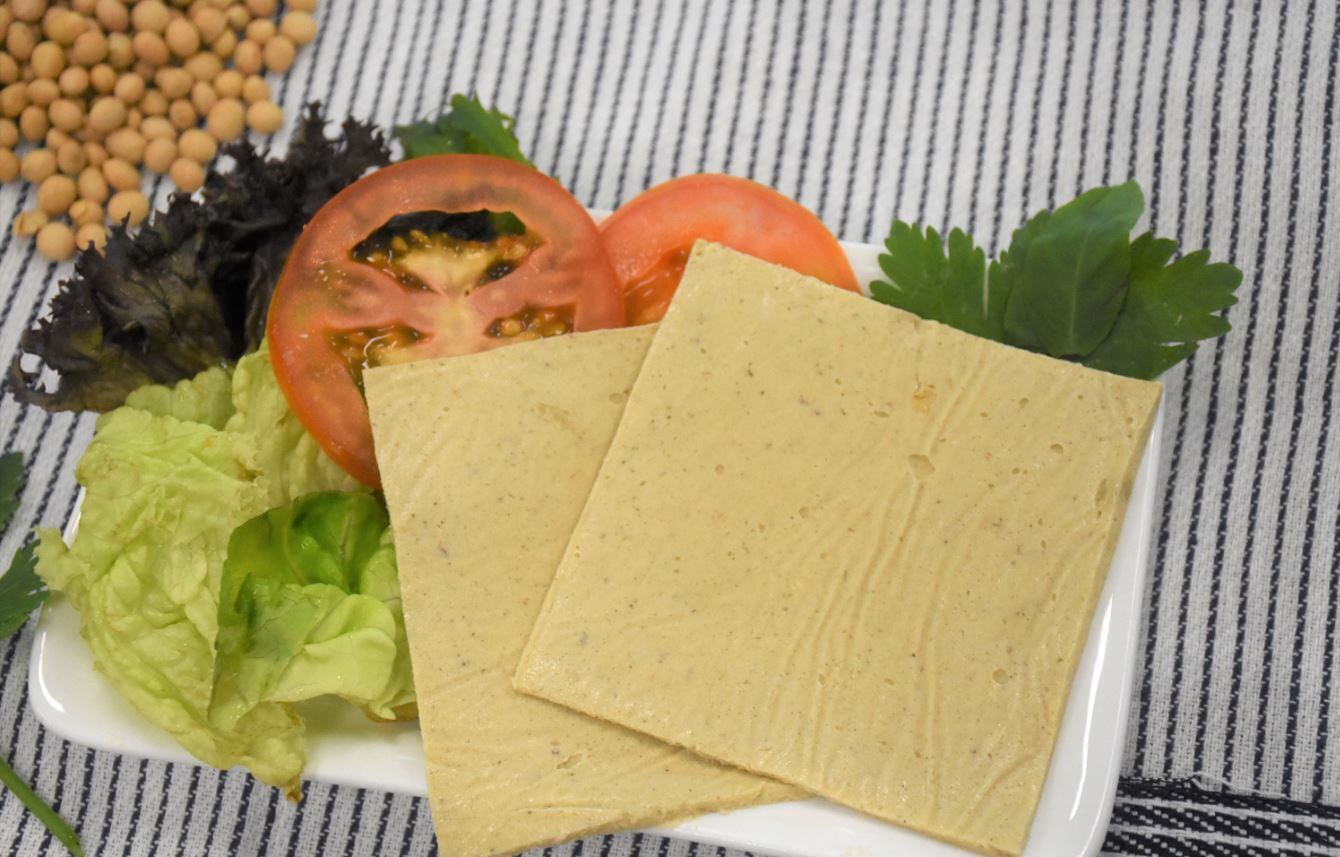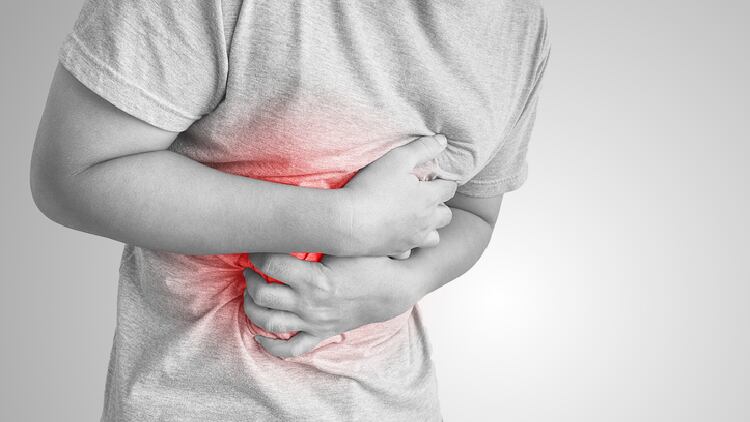The products are a soy-based cream cheese, sliced cheese and cream soup powder.
Developed by students at Republic Polytechnic, Singapore, with lecturer Dr Heng Kiang Soon, the team is now hoping to license the technology and formulations.
Waste no more
Okara is typically discarded as food waste, and in Singapore, almost 30 tonnes is thrown away each day.
While this affects the environment as food waste in general is the third largest greenhouse gas emitter globally, it is an economic loss too.
Okara is rich in fibre, protein, vitamins, minerals, and phytonutrients, and is a potential candidate to be developed as a functional food.
The team is hoping to reuse the okara into developing functional foods, which can generate revenue for businesses, as well as cause less environmental impact.
Dr Heng told NutraIngredients-Asia: “We aim to maximise the utilisation of whole soy beans used for food preparation. This will help promote a circular economy for food, rather than a linear economy.”
Technology and recipe
However, okara has its limitations. It contains almost 50% insoluble fibre which gives an undesirable texture, and can also cause bloating and indigestibility in some people.
Hence, the team developed a cost-effective enzymatic and fermentation technique to solubilise the fibre in okara, therby increasing the souble fibre content.
The main ingredients of the three prototypes are okara, soy milk and whey, and can be marketed as vegetarian. To increase the functionality of the prototypes, DHA was added.
DHA is important for maintaining healthy brain and the nervous system.
In a preliminary study conducted last year by the team, participants were given soy cream cheese containing DHA for seven days and a washout period after.
The small scale Electroencephalography (EEG) trial (n=6) revealed that mental focus improved in the young adults after consumption of the soy cheese, peaking at seven days.
Dr Heng added: “We see the effects sustained for another four days, which is significantly better than the control group.”
Dr Heng explained that omega-3 fatty acids are naturally present in relatively low amounts in okara and soy milk hence the team added a plant-based DHA into the prototypes.
The soy cream cheese contains 250mg of DHA per 25g serving. The DHA content in the sliced cheese and cream soup was comparable to the cream cheese since cream cheese was used as a base ingredient for the former.
The soy cream cheese can be used as a spread, slice cheese in burgers and sandwiches, and cream soup power which dissolves in hot water into a ready to drink soup.
The sliced cheese and soup have lower sodium sodium and sugar content compared to its dairy peers, which can help maintain healthier blood pressure and blood sugar levels. Soy cream soup also has higher calcium content than similar commercial products.
Licensing opportunity
The team is reaching out to industry partners to license the technology and recipe. Industry partners will be responsible for production and upscaling while Republic Polytechnic will provide technical support.
The team has published its findings onto the Intellectual Property Intermediary (IPI) under Singapore’s Ministry of Trade and Industry.
Dr Heng said they have since received several enquires from the industry, but pointed out that the pandemic has led to industry players being more cautious about adopting new business plans.
However he is optimistic that the project is beneficial in the long-term, and will be applicable in most Asian countries where soy milk and tofu are commonly consumed.
Depending on industry responses, the products can be expected to be in retail shelves as early as next year.
The okara is sourced from Mr Bean, a soy bean food and beverage retailer in Singapore. Previously, Republic Polytechnic had also developed a recipe with Mr Bean for a healthier on-the-go soy granola bar, which has since been commercialised.
Dr Heng said it was the success of the soy granola bar development and commercialisation that motivated the team to find a way of transforming okara into a functional ingredient.
Earlier this year, the team also won the Delight Explorer Award organised by Singapore-based research company Delightex.
We’ll be shining the spotlight on Reformulation and Fortification in our Growth Asia 2020 interactive broadcast series. Register for free here.


